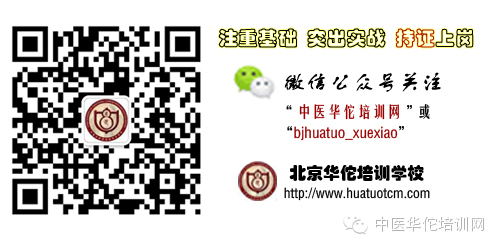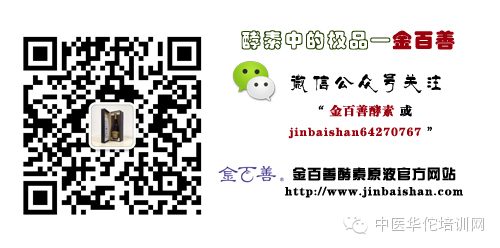Overview
Cupping therapy is a treatment method that utilizes heat or other methods to remove air from the cup, creating negative pressure that causes the cup to adhere to the skin, resulting in a phenomenon known as bruising. Cupping therapy is also known as suction therapy and was referred to as “jiao fa” in ancient times, having been applied in China since the Jin Dynasty. Various types of cups are used, including bamboo cups, ceramic cups, metal cups (copper and iron), glass cups, and suction cups. In modern practice, glass cups and suction cups are the most commonly used.
Tools and Substances
Here, we will only introduce the commonly used fire cupping method and suction cupping method in clinical practice.
(1) Fire Cupping: This is a traditional method that utilizes the heat generated from combustion to expel air, creating negative pressure within the cup, which is then adhered to the skin. There are four types: fire insertion method, flash fire method, cotton sticking method, and fire rack method.
Fire Insertion Method: A cotton ball soaked in 95% ethanol (note: do not soak too much to avoid burning the skin with dripping ethanol) or a piece of paper is ignited and quickly placed inside the cup, which is then swiftly applied to the selected area. When applying, it should be done sideways to avoid burning the skin with the ignited cotton ball or paper.
Flash Fire Method: A cotton ball soaked in ethanol is grasped with tweezers, ignited, and quickly moved in a circular motion inside the cup before immediately placing the cup on the treatment area.
Cotton Sticking Method: A cotton pad measuring two centimeters square is placed at the bottom of the cup, ignited, and quickly applied to the acupoint area.
Fire Rack Method: A non-flammable and heat-resistant object (such as a penicillin bottle cap) is placed on the treatment area with a cotton ball soaked in ethanol on top, ignited, and then covered with a cup.
Among the above methods, the flash fire method and fire rack method are the safest and most commonly used. However, the flash fire method requires skilled movements; otherwise, the cup may not adhere tightly. Care should be taken not to burn the rim of the cup during ignition to avoid skin burns. The fire rack method has strong suction but is more complicated to operate. Each person can use the method they are most familiar with.
(2) Suction Cupping: This is a method developed in modern times. It consists of two parts: a suction device and plastic cups of various sizes with pistons. The operation method is as follows: first, place the cup on the selected acupoint area, insert the suction device into the top of the cup to adjust the piston, and repeatedly pull the piston with your finger to expel the air until the desired negative pressure is achieved, then remove the suction device. To remove the cup, simply pull the plastic core at the top of the cup upwards. The suction cupping method uses mechanical force instead of fire, which not only prevents burns and other accidents but also allows for adjustment of the suction strength based on the patient’s constitution, condition, and location. It has great promotional value.
Operational Methods
There are several common methods.
(1) Retention Cupping: This is the most common form of suction cupping. It refers to leaving the cup in place for 5 to 20 minutes before removing it. For delicate areas such as the face and skin, the retention time should be shorter, while thicker muscle areas can be left longer. Generally, the local area should show redness or bruising. Note that if the retention time is too long, blisters may form on the treatment area, which can be treated with gentian violet and bandaged if necessary; these will usually absorb and resolve within a few days without leaving scars. Retention cupping is suitable for various conditions treated with fire cupping.
(2) Flash Cupping: This refers to quickly removing the cup after it has been applied, repeating this process multiple times until local redness or bruising appears. It is often used for conditions involving local numbness and reduced physiological function.
(3) Sliding Cupping: Also known as push cupping, this method is used for larger areas of muscle. First, apply a layer of petroleum jelly or plant oil to the area, select a smooth glass cup (usually of medium size), apply suction, then use the left hand to hold the skin tightly at the top of the cup while the right hand pulls the cup downwards. After a certain distance, press the skin at the bottom with the left hand and pull the cup upwards with the right hand. This process is repeated up and down or side to side until the skin turns red. This method is commonly used for muscle strain in the lower back.
(4) Pricking and Cupping: Also known as “xu ci fa”. Before cupping, use a sterilized three-edged needle or skin needle to prick or tap the acupoint area, then apply the cup and leave it for 10 to 15 minutes. After removing the cup, wipe away any blood. This method is suitable for various sprains and fixed muscle pain.
Indications
Cupping therapy is suitable for conditions such as rheumatic pain, sprains, colds, stomach pain, abdominal pain, headaches, and the initial stages of sores and carbuncles.
Precautions
Cupping is not suitable for conditions such as high fever, convulsions, spasms, and areas with thin muscles, hair, or uneven bony protrusions.
Care for life, focus on health, and continue the tradition of TCM knowledge online. If you like it, click the “top right corner” to share it with your friends.



